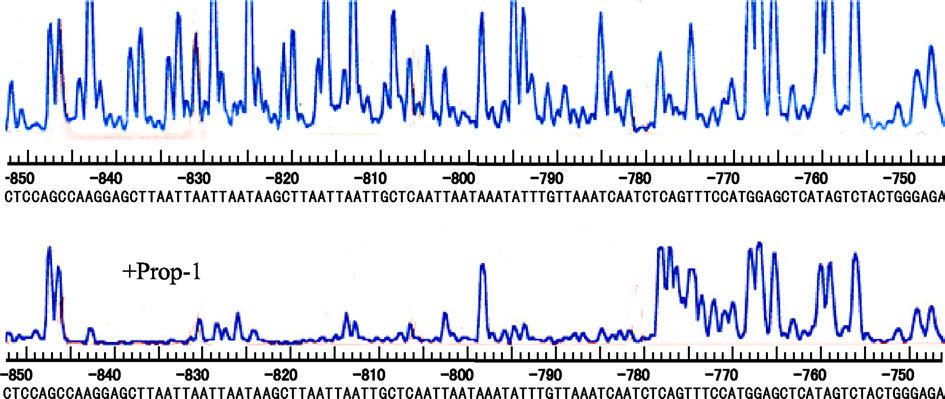biospring.com.vn
Author's personal copy Food Microbiology 28 (2011) 214e220 Contents lists available at ScienceDirect Food Microbiology Bacillus probiotics Simon M. Cutting* School of Biological Sciences, Royal Holloway University of London, Egham, Surrey TW20 0EX, UK Bacterial spore formers are being used as probiotic supplements for use in animal feeds, for human Available online 24 March 2010









